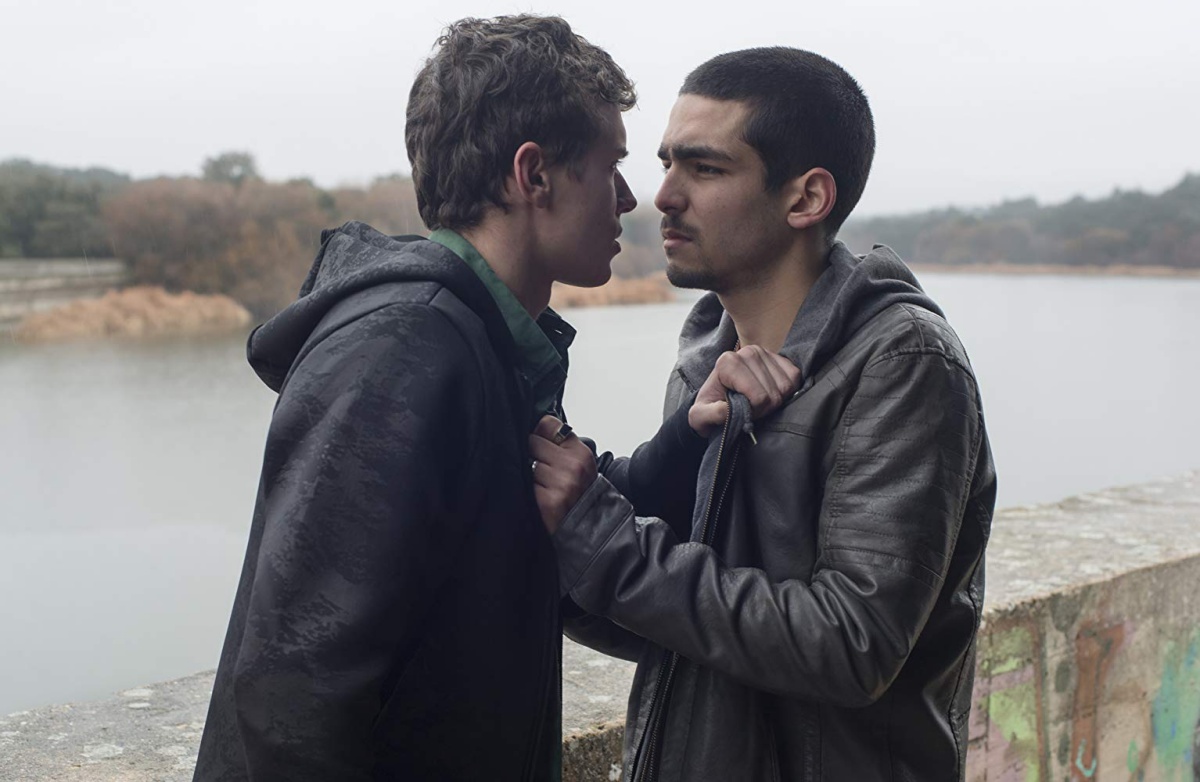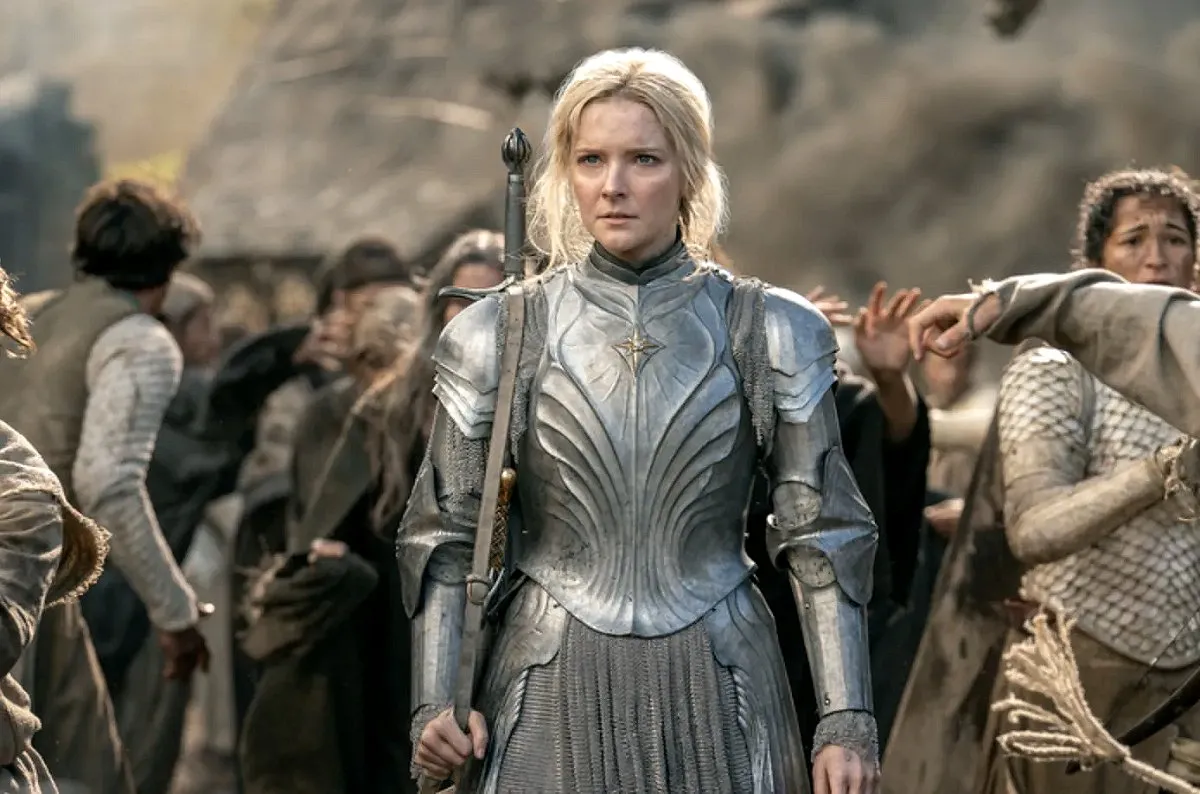GLAAD has been reporting on the state of LGBTQ characters on television for the past 14 years (and tracking it for 23), making note of the rising (and falling) representation that has occurred on the small screen. They found that for the 2018-2019, television has had a record high of “8.8 percent of series regulars on broadcast television in the 2018-19 season are lesbian, gay, bisexual, transgender or queer characters,” according to the New York Times.
Now 8.8 percent might not sound like a lot (and it isn’t in the larger scheme of things), but last year it was only 6.4 percent. Additionally, the variety of what that representation looks like unlike previous years, where the representation was mostly white and male, GLAAD found that this year the demographics were more even among men and women and, for the first time, L.G.B.T.Q. characters include more people of color (50 percent) than white people (49 percent).
The report also says that “the number of bisexual+ characters, transgender characters, and characters with HIV and AIDS are up this year” and that in terms of fan love as seen on TV Time, the world’s largest TV tracking app, “there was a 57 percent increase in the number of LGBTQ characters who were voted as favorite characters by users after analyzing 130 million votes.” So more LGBTQ character are existing, living and thriving on shows.
On broadcast television, The CW is leading in LGBTQ representation and on cable it is FX, no doubt helped by Pose, which was groundbreaking in having a cast of primarily trans people of color, played by trans actors. Currently, NBC leads the five broadcast networks in terms of racial and ethnic diversity this year, “with 47 percent of their series regular characters being POC,” and it retains that lead from the previous year.
Here are some of the numbers as seen in the report, which I highly recommend taking the time to read, because it breaks down all the rise and falls of representation throughout the medium of television. It was illuminating and while the increasing numbers look impressive, when taken into consideration how little it is in comparison we can’t think that this is where we need to stop.
Bisexual Representation:
Bisexual+ characters makeup 27 percent of all LGBTQ characters across all three platforms. This is a one percent decrease from last year. These still lean toward women, though there has been an increase in bi+ men this year (84 women to 33 men).Transgender Representation:
This year, there are 26 regular and recurring transgender characters across all three platforms. This includes 17 trans women, five trans men, and four characters who are non-binary.Asexual Representation:
Last year was GLAAD’s first inclusion of asexual characters in our annual count and both characters from the previous report have remained; no additional asexual characters have been added, and there are still no ace characters on broadcast.Representation of Women:
As in the previous year’s report, 43 percent of regular characters counted on broadcast primetime television were women, continuing to underrepresent 51 percent of the U.S. population.Representation of People of Color:
Of the 857 series regulars counted on broadcast television, 44 percent (373) characters are people of color, a four percentage-point increase from the previous year. The racial diversity of LGBTQ characters across all platforms also increased significantly.Representation of People with Disabilities:
The number of series regular characters with a disability has once again seen a slight increase to 2.1 percent, but this number is still a severe underrepresentation of the population. Across all platforms, there are seven characters who are HIV-positive, a substantial increase from last year’s two.
This is all to say that we are moving in the right direction, but there is still a lot of work to be done, especially in terms of getting actors with disabilities in roles. There is still a lot of work to be done; hopefully by 2019-2020, we will have reached double-digit percents.
What have been some of your favorite new shows with LGBTQ characters, POC and characters with disabilities? I have been enjoying Netflix’s Elite which takes place in Spain (in Spanish) and has queer characters, a disabled character, and some POC.
(via New York Times, image: Netflix)
Want more stories like this? Become a subscriber and support the site!
—The Mary Sue has a strict comment policy that forbids, but is not limited to, personal insults toward anyone, hate speech, and trolling.—










Published: Oct 26, 2018 02:11 pm